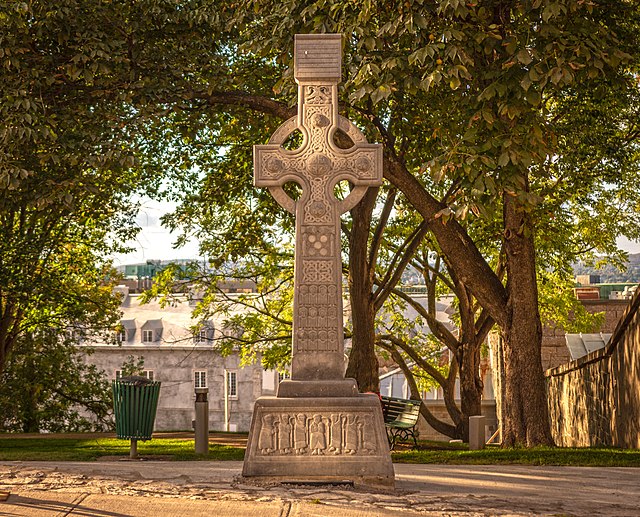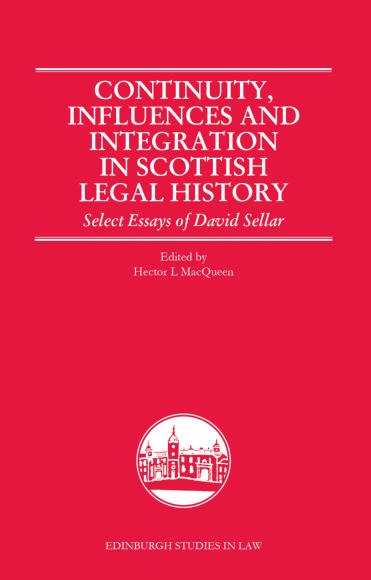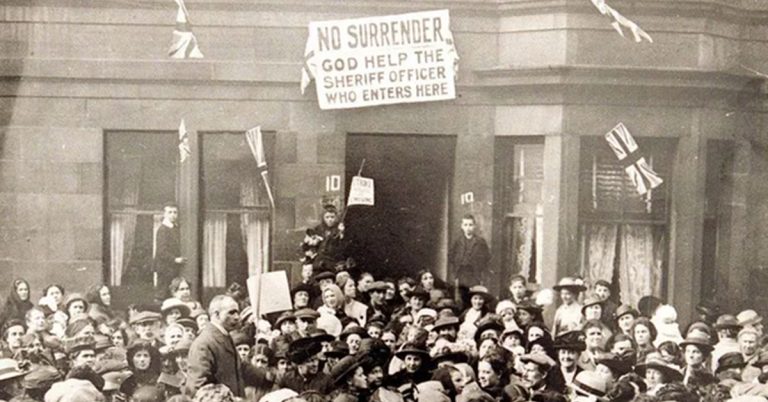
by Hector L. MacQueen
Missed Part 1 and 2? Read it here first!
Each of the chapters after the first is an in-depth study of its topic which at the same time, and in David’s characteristically fluent and readable style, brings out well its relationship with the more general picture set out in the opening chapter. What is omitted is what David himself did not cover in his writings.
There are hints, however, of topics that David would have wished to take further: perhaps most notably the franchise (i.e. non-royal) jurisdictions of barony and regality which Cooper had suggested were principal contributors to what he perceived as the failure to achieve a common law in the later Middle Ages. David, on the other hand, noted that they had survived until statutory abolition following upon the Jacobite rising of 1745 and that their holders generally did so by virtue of hereditary royal grants. He would thus have agreed with the recent arguments of Alice Taylor (The Shape of the State in Medieval Scotland 1124-1290 (2016)) that a distinctive characteristic of the medieval Scottish common law (in particular, in contrast with the English common law) lay in its combining royal and aristocratic jurisdiction rather than the first overpowering the latter by the end of the thirteenth century.
But he also speculated that the aristocratic jurisdictions had roots lying further back in the Celtic past (see Chapter 2). In support of this argument he offered their procedure of “repledging” with its persistent Gaelic term of cúlráith for the security a lord had to leave with the court from which he recovered his man or vassal accused of crime, in order to perform justice upon him in his own court. Further there was also the possibility of repledging members of a whole clan or kindred, as in the laws of “Kynmaccaroun” and “Clan MacDuff” vouched for by later medieval sources.
This possible reconfiguring of earlier lordly jurisdictions probably began in the twelfth century and David would certainly have associated that with the Anglo-Norman feudalisation which had been identified as a central feature of the period by one of his scholarly heroes, Geoffrey Barrow (1924- 2013). David also suggested that this process was facilitated by pre-existing structures of landholding such that even before the Scottish kings began granting lands in feudal form “Scottish society in the eleventh century, like contemporary Irish society, was moving in the direction of feudalism” (Chapter 2, at 61). Since Barrow’s death, there has been a reaction against his model of Anglo-Norman feudalisation in the twelfth century; but for David as a lawyer feudalism was still in his own time a living legal phenomenon in Scottish landholding, with forms of documentation in which continuity with twelfth-century royal grants was readily recognisable. For a historian of law, feudalism lent critical support to the basic continuity thesis, reinforced, therefore, rather than reinvented in the centrally important work of Craig on the subject at the turn of the sixteenth and seventeenth centuries.
Re-reading half a century of scholarly work reminded me not only of David’s considerable intellectual powers, but also of his ability to write with ease and fluency on the most rebarbative of subjects, including a gift for adding into the mix telling stories from his many encounters in the field from his time in the Scottish Land Court (1967-1969). His technique as a legal historian was not based upon archival research (medieval Scots law has left almost nothing in the way of archives) or upon close examination of the manuscripts lying behind printed sources such as the Acts of the pre-1707 Scottish Parliament or the editions of Regiam Majestatem and other medieval works. Instead he worked with these available sources and with the later expositions of their content by Sir John Skene (c1543-1617), Craig and Stair, tying that in with supporting evidence from other medieval sources. Bearing in mind the background of the law which he studied and trained for in the early 1960s, David used Maitland’s approach – “the retrogressive method ‘from the known to the unknown’ … A result is given to us: the problem is to find cause and process” (F W Maitland, Domesday Book and Beyond (1897), preface ). The sub-title of his 1985 O’Donnell lecture on “Celtic law – Survival and Integration” (Chapter 2) – is indicative: the survival of Celtic elements in the law meant that there must be a pre-history to be deduced from these remains as well as a process by which they were integrated in the mainstream of legal development.
David also drew extensively on comparative evidence to help make sense of the Scottish material. This was most obviously true of his work on Celtic law, where Ireland and to a lesser extent Wales provided rich comparisons with which the much thinner and more scattered Scottish evidence could be persuasively pulled together. But English law was also an obvious point of reference, given David’s argument about its primary influence on the development of the Scottish common law from the twelfth century on. The general European context for the Canon and the Civil law was too an important tool with which to interpret and understand the Scottish sources. The comparative material also raised important questions about the gaps in those Scottish sources: why no surviving treatises on Celtic law to compare with the many to be found in Ireland and Wales, for example, or why so little in the way of archives in which to trace the actualities of practice in the courts before 1500?

Although David liked to joke that he had begun his professional life in a court for crofters and was finishing it in a court for chiefs, appointment as Lord Lyon in 2008 did not quite bring his scholarly career to an end. He developed previously half-formed thoughts into the powerful study of Lyon’s origins included, as already mentioned, as Chapter 4 in the present collection. Issues also arose in the Lyon Court which brought his legal-historical scholarship into play. For example, in 2010 Lyon Sellar refused the petition of Willi Ernst Sturzenegger of Arran to be recognized as “Feudal Earl of Arran” (given that there is already an Earl of Arran, one of the subsidiary titles of the Duke of Hamilton). The Lyon’s Note in explanation of his decision discusses the history of the Scottish peerage styles and the meaning of “baron” and “barony” in Scots law, to draw the conclusion that pre-fixing those or any other title of dignity with words like “feudal” or “territorial” is legally meaningless (Sturzenegger Petitioner (No 2) 2015 SLT (Lyon Ct) 2).
While it is much to be regretted that David was not given the time in which to draw together the threads and themes of his research in a single monograph (as he had hoped), the collection allows his work to be seen as a substantial and substantive whole, constituting a truly significant contribution to the history and understanding of the unique legal system that is Scots law.
About the book
Brings together 15 principal essays by David Sellar (1941–2019), reflecting his pioneering contribution to Scottish legal history
- Groups essays into topics, covering Celtic law and institutions, the influence of Canon and English law across a wide range of legal subjects (including family law, succession, criminal law, evidence) and customary law
- Includes a paper written during Sellar’s time as Lord Lyon King of Arms (2008–14) but left unpublished at his death, dealing with the history of the office of Lyon itself and arguing for its ancient Celtic origins
- Demonstrates the continuity of legal institutions in Scotland from the early middle ages on, assesses influences shaping change over time, and the processes of integration and then re-integration down to the present
- Includes a general introduction by Hector L. MacQueen assessing and contextualising Sellar’s contribution to the field
About the author
Hector MacQueen has been a member of the Edinburgh Law School since 1979. Appointed to the Chair of Private Law in 1994, he was Dean of the Law School 1999-2003, and Dean of Research and Deputy Head of the College of Humanities and Social Science in the University 2004-2008. He is currently a Scottish Law Commissioner. He is the author of many books and articles on Scots law and its historical development in comparative perspective, and of key textbooks such as The Scottish Legal System (5th edition) (2013), Unjustified Enrichment Law Basics (3rd edition) (2013), and Studying Scots Law 4th edition (2012).
Book launch
Hector MacQueen, along with The Edinburgh Centre for Private Law, will be hosting an online book launch on 18 March 2022. Sign up for a place here.






